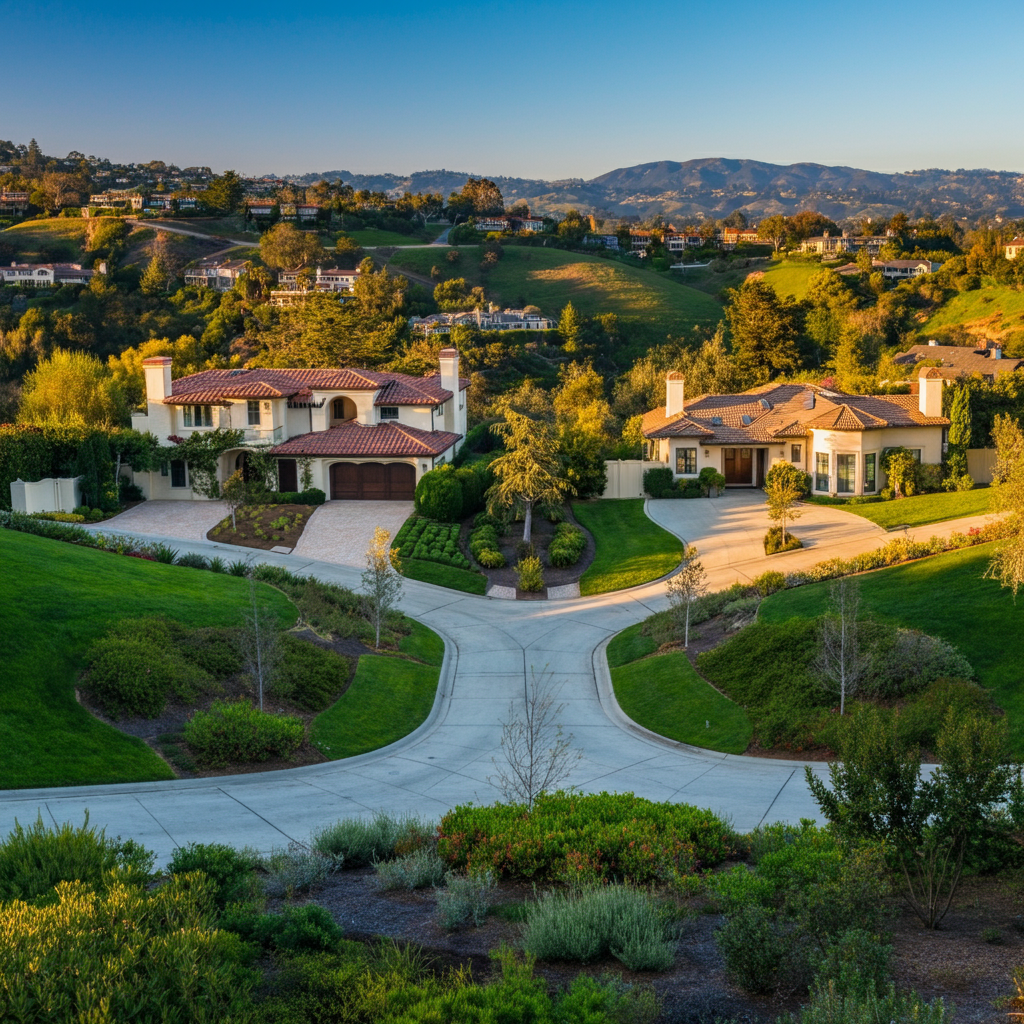Ever heard of a disagreement with a neighbor about something like a shared driveway or a fence? Now dial to 11, with lawyers, high property values, and complicated rules thrown into the mix. That’s what’s happening with the Montecito Country Club easement dispute. This case isn’t just about who gets to use what—it’s a lesson in how people with shared property become victims of collateral damage.
First, What’s an Easement Anyway?
Before getting into details, let’s break down what an easement actually is. At its core, easement is a legal right that allows some other person to use your property for a specific reason, like accessing a road or running utility lines. Sounds simple enough, right? Well, it’s not always.
Easements usually fall into two prime types:
- Appurtenant Easements – These are tied to the land itself. If you sell the property, the easement goes with it. Think of a driveway that two homes share; it “belongs” to the land, not the owner.
- Easements in Gross – These are connected to a person or a company, not the property. A good example is a utility company needing access to fix power lines.
Knowing which type of easement you’re dealing with can make a world of difference when conflicts arise—because conflicts will arise.
What’s the Big Deal in Montecito?
At the heart of this dispute are the usual suspects when it comes to easements—access rights, responsibilities, and boundaries. Here’s what’s brewing:
- Who Gets to Use What?
- Easements are all about sharing, but that can stir up trouble. Maybe only a certain group of people can use the easement, or maybe someone tries to limit its use. Either way, feelings quickly get heated.
- Who Pays for Maintenance?
- Keeping up a shared driveway or footpath might not sound like a big expense, but it can add up.
- Who’s responsible for repairs?
- Can one party make improvements without asking the other? These questions cause more tension than you’d think.
What makes this case even trickier is properties adjesent to Montecito itself. With its breathtaking views, exclusive homes, and sky-high property values, the region makes every decision carry weight.
The Legal Side of Easements
Easement conflicts aren’t just about hard feelings or bad communication—they’re also deeply tangled in legal language. Here’s what usually adds complexity:
- The fine print in original agreements (the stuff no one reads).
- Historic traces of how the easement has been used.
- State and local laws can vary a lot.
You’ll probably need to talk to a lawyer if you’re involved in a dispute like this. And not just any lawyer—a property lawyer who knows their easements inside and out. Solid documentation and clear communication are must-haves if you want any chance of resolving things without endless courtroom drama.
How to Dodge These Disputes
Here’s the good news. Many easement issues can be avoided with a little proactive planning. Here’s how you can stay ahead of the game:
-
- Put It in Writing: The clearer the terms, the better. Make sure easement agreements are spelled out in detail and baked right into property deeds.
- Keep the Lines Open: Talk to your neighbors. Seriously. A quick, friendly chat can stop a small disagreement from becoming a feud.
- Check on Shared Areas Regularly: A little maintenance and attention now can prevent costly arguments later.
- Get Help When You Need ItIf things start to get messy, consider bringing in a mediator. They can help both sides see the bigger picture and find a solution that works for everyone.
Why Does This Matter?
The Montecito Country Club easement dispute involves more than two parties fighting over a place; it serves as an important reminder of how collaborative efforts and communication are key when managing shared resources. Easements don’t just represent legal terms-they represent relationships. When handled appropriately, easements can protect property values while simultaneously increasing cooperation among neighboring units while building good will between communities.
Easements may seem like a minor aspect of property deeds, but they hold immense weight. From improving access for all, to protecting shared spaces or even helping to resolve conflicts between neighbors, understanding how easements work can help avoid unnecessary conflicts and prevent bitter disputes between parties involved. Furthermore, studying cases such as this one could teach us something valuable – just saying!
The Bigger Picture
At its core, Montecito’s dispute serves not just as a cautionary tale–it provides us with an opportunity. It shows that legal agreements are important, but so is human interaction: listening, compromising, and working together are just as key to maintaining harmony between neighbors.
